Buy this landscape artwork Old-fashioned mill by Björn van den Berg on canvas, ArtFrame, poster and wallpaper, printed on demand in high quality.
About "Old-fashioned mill"
by Björn van den Berg
About the artwork
Kinderdijk is a village in the Netherlands, famous for its iconic windmills. Located in the province of South Holland, it is a UNESCO World Heritage Site and a popular tourist destination. Here's a brief overview of what makes Kinderdijk notable:
History and Significance
Historical Background: The windmills at Kinderdijk were constructed in the 18th century, primarily to drain the Alblasserwaard polder, a low-lying tract of land. They are an example of Dutch ingenuity in water management.
UNESCO World Heritage Site: In 1997, Kinderdijk was designated as a UNESCO World Heritage Site in recognition of its cultural and historical significance.
Windmills
Number and Types: There are 19 windmills at Kinderdijk. Most of them are traditional Dutch windmills, which were used to pump water out of the polders.
Operation: Some of the windmills are still operational and are used to manage water levels, although modern pumping stations now handle most of the work.
Tourism
Visitor Experience: Tourists can explore the windmills, visit a museum, and take boat tours along the canals to get a closer look at these historic structures.
Cultural Events: Kinderdijk hosts various events throughout the year, celebrating Dutch heritage and the role of windmills in the country's history.
Natural Environment
Landscape: The windmills are set against a backdrop of canals, meadows, and waterways, creating a picturesque and quintessentially Dutch landscape.
Wildlife: The area is also home to diverse wildlife, particularly bird species that thrive in the wetland environment.

About Björn van den Berg
Hey!
As a photographer my work will consist of landscapes, nature, animals, architecture, portraits, silent life and street photography. I regularly travel around the world to put the most beautiful places on the plate.
Feel free to look around in my albums to see if there is..
Read more…
 Germany
Germany Ordered in September 2019
Ordered in September 2019
 Netherlands
Netherlands Ordered in May 2019
Ordered in May 2019
 Germany
Germany Ordered in December 2019
Ordered in December 2019
 Germany
Germany Ordered in April 2021
Ordered in April 2021
 Germany
Germany Ordered in March 2021
Ordered in March 2021
 Germany
Germany Ordered in April 2022
Ordered in April 2022
 Netherlands
Netherlands Ordered in July 2025
Ordered in July 2025
 Netherlands
Netherlands Ordered in November 2017
Ordered in November 2017
 Netherlands
Netherlands Ordered in June 2020
Ordered in June 2020
 Netherlands
Netherlands Ordered in July 2022
Ordered in July 2022
 Netherlands
Netherlands Ordered in March 2025
Ordered in March 2025
 Netherlands
Netherlands Ordered in January 2018
Ordered in January 2018

About the material
ArtFrame™
Interchangeable Art Prints
- High-quality print
- Easily interchangeable
- Acoustic function
- Large sizes available
Discover the artworks of Björn van den Berg
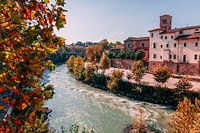 Rome autumnBjörn van den Berg
Rome autumnBjörn van den Berg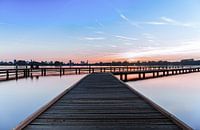 Kralingseplas RotterdamBjörn van den Berg
Kralingseplas RotterdamBjörn van den Berg ZeelandBjörn van den Berg
ZeelandBjörn van den Berg Sunset by the seaBjörn van den Berg
Sunset by the seaBjörn van den Berg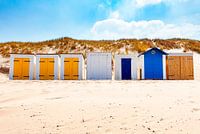 Beach houses near the dunes and the Domburg beachwall landscapeBjörn van den Berg
Beach houses near the dunes and the Domburg beachwall landscapeBjörn van den Berg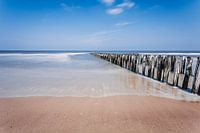 Zeeland sea viewBjörn van den Berg
Zeeland sea viewBjörn van den Berg Fox near the Amsterdam water supply dunesBjörn van den Berg
Fox near the Amsterdam water supply dunesBjörn van den Berg European eagle owlBjörn van den Berg
European eagle owlBjörn van den Berg Buzzard during landingBjörn van den Berg
Buzzard during landingBjörn van den Berg buzzard bird of preyBjörn van den Berg
buzzard bird of preyBjörn van den Berg Squirrel looking for foodBjörn van den Berg
Squirrel looking for foodBjörn van den Berg Red fox with surprising lookBjörn van den Berg
Red fox with surprising lookBjörn van den Berg Swan in the airBjörn van den Berg
Swan in the airBjörn van den Berg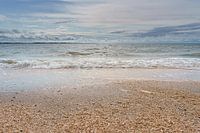 Pebbles and shellsBjörn van den Berg
Pebbles and shellsBjörn van den Berg Mastbos misty forest 1Björn van den Berg
Mastbos misty forest 1Björn van den Berg Mastbos misty forest 7Björn van den Berg
Mastbos misty forest 7Björn van den Berg Reeuwijk sunsetBjörn van den Berg
Reeuwijk sunsetBjörn van den Berg Forest photography "Falling leaves"Björn van den Berg
Forest photography "Falling leaves"Björn van den Berg Forest photography "the wooddeck"Björn van den Berg
Forest photography "the wooddeck"Björn van den Berg Kingfisher in the morning light.Björn van den Berg
Kingfisher in the morning light.Björn van den Berg
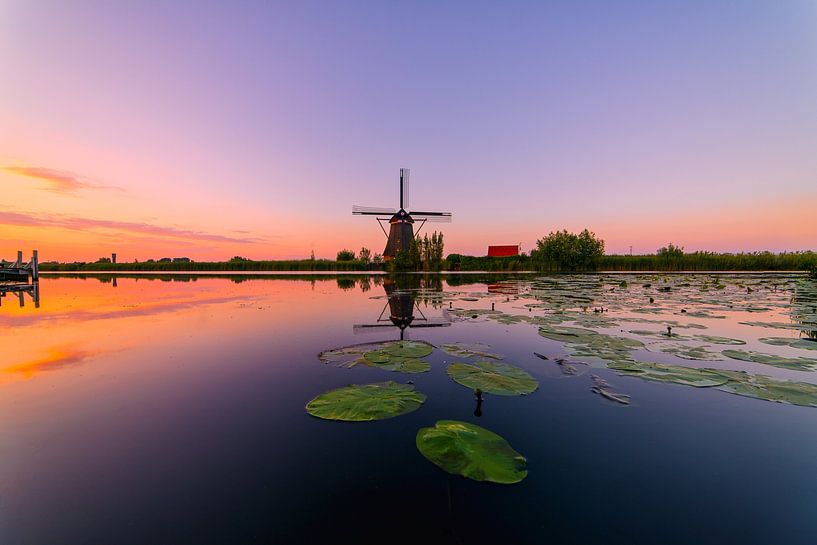








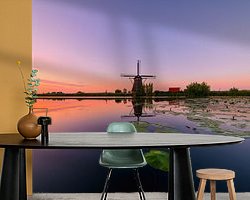



 Children's dike
Children's dike Landscape photography
Landscape photography Landscapes
Landscapes Mills
Mills Photo wallpaper
Photo wallpaper Photography
Photography Serene Peace
Serene Peace Sunset
Sunset The Netherlands
The Netherlands Water
Water









